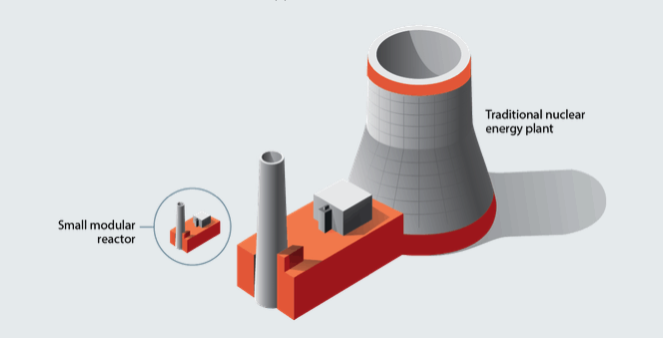Most of inland Australia is gripped by one of the worst droughts the country has experienced, certainly since European settlement began 230 years ago. The world’s oldest landmass has always been prone to long dry periods, but what is new is that Australia now has a population of over 25 million that needs to be fed, clothed and housed and this puts unprecedented pressure on an already fragile environment. Before European settlement its inhabitants would have numbered around 300,000.
It will rain again, that is sure, but we cannot say when. In the meantime regional communities over most of the country are suffering and bushfire smoke has been choking our cities as major fires break out around large metropolitan areas, Sydney particularly.
What the country lacks, and it certainly has the resources to alleviate the situation, is water. It is ironic that this drought crisis is gripping the land at the same time as a divisive debate over climate change and what Australia should do about it.
The drought and climate change are connected, and so is the solution to both.
Climate change warriors are demanding an end to all carbon dioxide-generating energy sources, but this country needs reliable energy to drive its economy and employment — and to help produce the water it requires to mitigate the effects of the frequent droughts.
The answer is emissions-free nuclear energy, but not from the large conventional power stations with which the world is familiar. Rather it’s from one of the most exciting nuclear developments since the industry emerged in the 1950s – a new generation of small modular reactors (SMRs). They offer arguably the best entry point for Australia.
The detectable momentum politically in recent years to consider the nuclear option has resulted in the federal parliamentary committee tasked with inquiring into its use in Australia recommending that the ban be lifted, in particular on the use of the new generation of small reactors.
Committee chairman, Ted O’Brien, has declared, “Nuclear energy should be on the table for consideration as part of our future energy mix. Australia should say a definite ‘No’ to old nuclear technologies but a conditional ‘Yes’ to new and emerging technologies such as small modular reactors.â€
These are reactors of less than 300 Megawatts electric and can be built down to 5 Megawatts – suitable for mining operations. The technology is an adaptation from nuclear ships, submarines in particular. The global home of innovation, Silicon Valley, is abuzz with entrepreneurs who have started up companies to commercialise this technology.
SMRs are manufactured in factories to standardised designs that offer economies of scale and can be delivered on trucks to remotes sites. They have real potential to drive the flexible scale desalination plants Australia needs for its growing population. For instance, they could desalinate brackish underground water, far away from the sea.
Because they are so much smaller than conventional plants, SMRs are less scary to the public. And they require lower investment.
As the peak body dealing with climate change, the Intergovernmental Panel on Climate Change, has declared the world needs carbon-clean nuclear power to stem the tide of global warming. Indeed, they have said their target cannot be met without a contribution from nuclear.
Already it supplies 11per cent of the world’s electricity, from 450 reactors across 30 countries. And 13 other nations are building capacity.
Acknowledged by the IPCC, nuclear and hydro are the only CO2–free sources of base load power, the lack of which has so markedly penalized South Australia’s reliance on capricious renewables. As Canada has shown, hydro, while plentiful there in places, cannot do the job alone.
The answer to Australia’s droughts and this country’s need to respond to climate change is obvious then; small emission–free modular reactors to provide continuous reliable power to desalination plants, large or small, and a network of pipes to take the water to where it is needed inland.
So why aren’t we doing it?
Notwithstanding this obvious solution and the manifest improvements to safety, waste disposal and cost structure for nuclear achieved since the issue was last addressed, federal legislation passed 20 years ago prohibits Australia from ever using nuclear power.
We export uranium all over the world but cannot have a nuclear industry of our own. This is absurd.
Criticism by activists on the grounds of high cost and problems with waste disposal that might have applied a decade or more ago are no longer valid.
If the government accepts the substance of the parliamentary committee’s recommendations, the ban will be wholly or partially removed to allow use of the new generation of reactors. Then the market should decide whether and to what extent nuclear should be deployed. As the drought in inland Australia drags on and the bush fires burn, it is a compelling solution.
